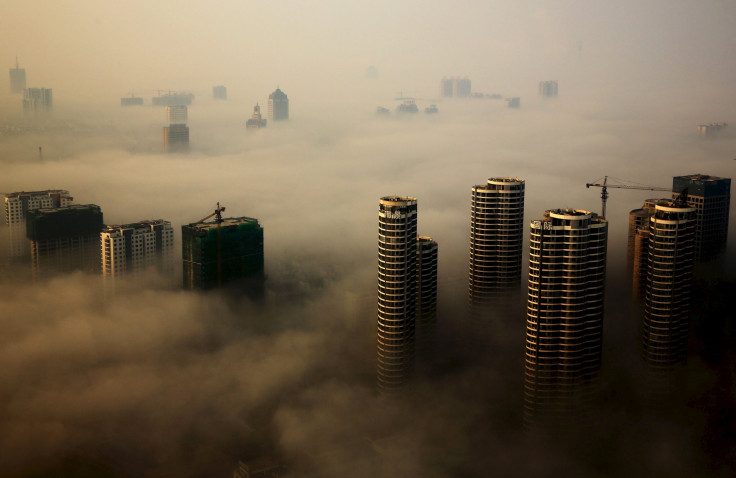Climate Change 2015: Greenhouse Gas Emissions Break Records In Atmosphere As Global Warming Fears Rise, 100 Million Could Become Poor

Atmospheric levels of carbon dioxide, one of the most common and prevalent greenhouse gases, have risen above a symbolic threshold of 400 parts per million around much of the globe, according to a report from the World Meteorological Organization scheduled to be released Monday. Carbon dioxide is not alone in its proliferation, however, and the other two major greenhouse gases -- methane and nitrous oxide -- that are responsible for trapping atmospheric heat also have risen to record highs.
The report paints a worrisome picture for those concerned that global climate change will result in 2015 being the hottest year on record, surpassing the benchmark reached last year.
“We are moving into unchartered territory at a frightening speed,” Michel Jarraud, the WMO's secretary general, told the Chicago Tribune about the report’s findings.
The rise in greenhouse gas presence in the atmosphere is mostly blamed on burned fossil fuels, which moved the gears of the Industrial Revolution and beyond. Since then, the presence of carbon dioxide in the atmosphere has spiked, hitting 390 parts per million this decade, compared with 278 parts per million during the pre-industrial era.
The 400-parts-per-million benchmark has been identified by many scientists as a dangerous line to cross. As that ceiling is passed, scientists are concerned that there will be long-term implications and disruptions for the world’s climate. Those implications include hot temperatures, extreme weather, rising sea levels and ocean acidity.
A changing planetary weather system will have huge human costs as well, according to a study released Monday by the World Bank.
Spiking global temperatures could push as many as 100 million people into extreme poverty over the next decade and a half. Sub-Saharan Africa and South Asia are expected to be hit hardest by the wave of poverty.
That level of poverty will mostly be the result of so-called climate “shocks” such as crop losses that result in food price elevation. Other agricultural complications could destroy the income for families in impoverished areas, where people primarily rely on their crops.
© Copyright IBTimes 2025. All rights reserved.






















